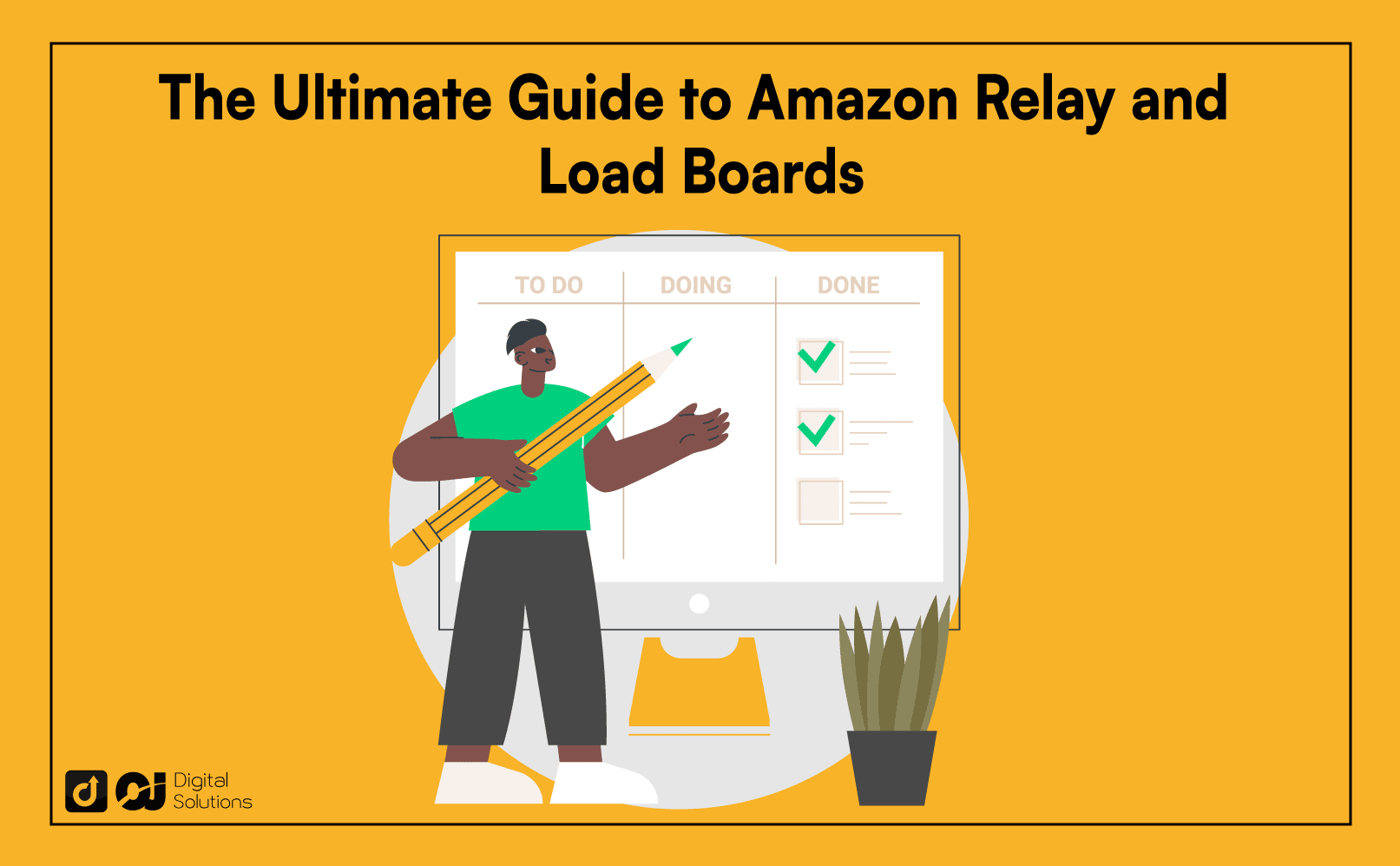In today’s highly competitive world of logistics and transportation, truckers and transportation professionals need access to the most up-to-date tools and resources to help them succeed.
Amazon Relay has become a promising source of income for truckers and trucking companies.
It’s an essential aspect of Amazon’s fulfillment operation and, like Amazon dropshipping, is an excellent way to make money on Amazon.
Today, the massive e-commerce marketplace depends on droves of transportation companies and drivers who help keep deliveries going.
You can keep one step ahead of the competition in the highly competitive world of logistics and transportation by being educated about these programs and criteria.
I wrote this guide to discuss everything you need about Amazon Relay requirements, benefits, and income.
What Is Amazon Relay?

The Amazon Relay program allows truckers to carry items to Amazon fulfillment centers. Amazon started this program to decentralize its efforts to fulfill the 1.6 million packages it delivers to shoppers daily.
This system offers safe and effective trucking lanes, streamlining the delivery process for truckers and making it easier for them to access the significant amount of deliveries produced by Amazon.
By automating the delivery process and lowering the time and effort needed to accomplish deliveries, the amazon relay board gives drivers better safety, dependability, and efficiency.
Trucking companies that can deliver massive amounts of Amazon freight via their vehicles can join the Relay program if they fulfill the Amazon Relay requirements.
How Does Amazon Relay Work?
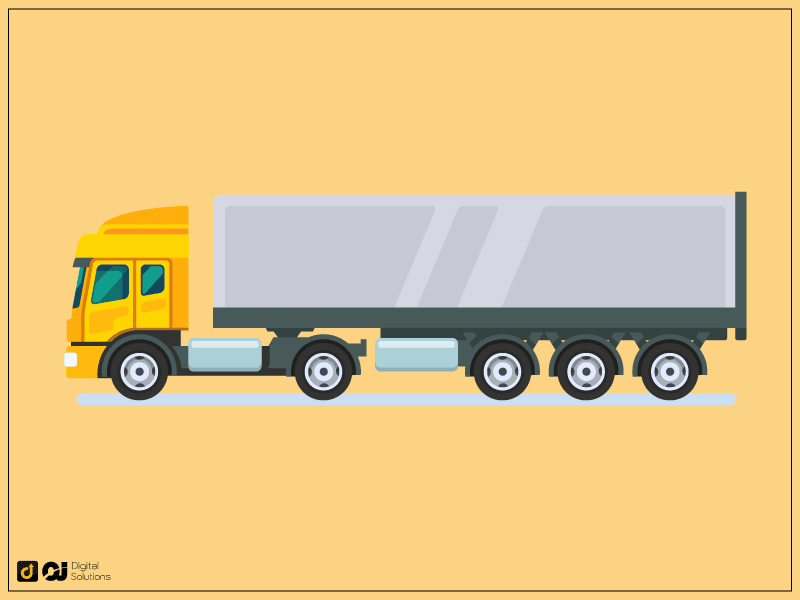
Truckers and trucking companies must sign up for Amazon Relay before they can join.
They will have to provide information about their trucking company and adhere to Amazon’s safety and compliance requirements as part of the enrolment process.
Once registered, truckers can use Amazon’s delivery scheduling service to plan their deliveries to Amazon fulfillment facilities.
They may choose a delivery day and time that suits them and get real-time updates on the delivery’s progress.
Truckers must check in via the Amazon Relay app at the fulfillment center. Moreover, they must verify their identification and delivery specifics at the Amazon facility.
After finishing the check-in procedure, Amazon will load the truck with the required supplies and unload it after completing the delivery.
After delivery, Amazon will compensate drivers or operators for their services via Amazon’s payment system.
Amazon Relay Requirements
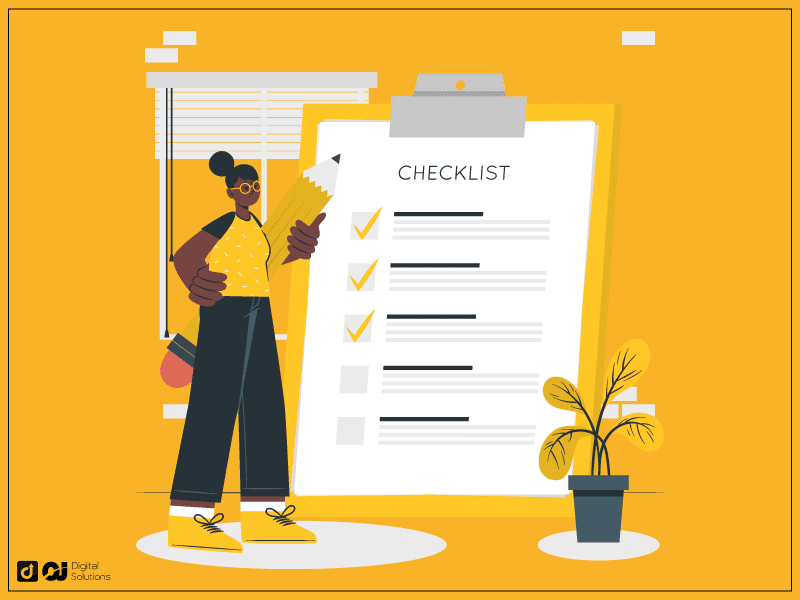
Before becoming an Amazon Relay owner-operator, you’ll have to fulfill several requirements.
Amazon Relay Requirements for Fleet Owners
Here are Amazon Relay program requirements for both small and large fleets:
- DOT identity that is now active or an active DOT number
- A valid MC number (Interstate Authority)
- A safety rating from the Federal Motor Carrier Safety Administration (FMCSA)
Note: This requirement is for Behavior Analysis and Safety Improvement Categories (BASIC) scores. The Application takes 20 to 25 business days for new carriers and 45 to 60 days for existing ones.
- A safety rating of “Satisfactory,” “None,” or “Not rated” from the Federal Motor Carrier Safety Administration (FMCSA).
Note: Amazon wants this rating to ensure carriers are capable of high levels of safety and performance.
- “Carrier” entity type Licensed for Hire and Property
Amazon Relay Insurance Requirements
Fleet service operators must also talk to an insurance company about the Amazon Relay insurance requirements.
Here are the insurance requirements you should complete.
- One of the first criteria for Amazon Relay insurance is Commercial General Liability, with a minimum of $1,000,000 per incident. This cost adds up to $2,000,000 in aggregate Auto Liability.
- $2,000,000 in total auto liability coverage, $1,000,000 per occurrence, and $50,000 in trailer replacement coverage.
- Note: This requirement calls for insurance for business vehicles. This insurance covers all losses resulting from auto collisions.
- You need commercial auto insurance if you use a truck or van for work. Commercial insurance covers accident-related losses or injuries.
- Coverage for your cargo of at least $100,000. This insurance covers all transit-related product damage.
- Workers’ compensation insurance covers all Amazon Relay get started domiciles where your business does business. Every employee of your company is required to carry workers’ compensation insurance.
- Minimum $100,000 in Employer Liability per Occurrence. Lastly, employer responsibility safeguards against workplace problems, including discrimination and wrongful termination.
Amazon Box Truck Requirements
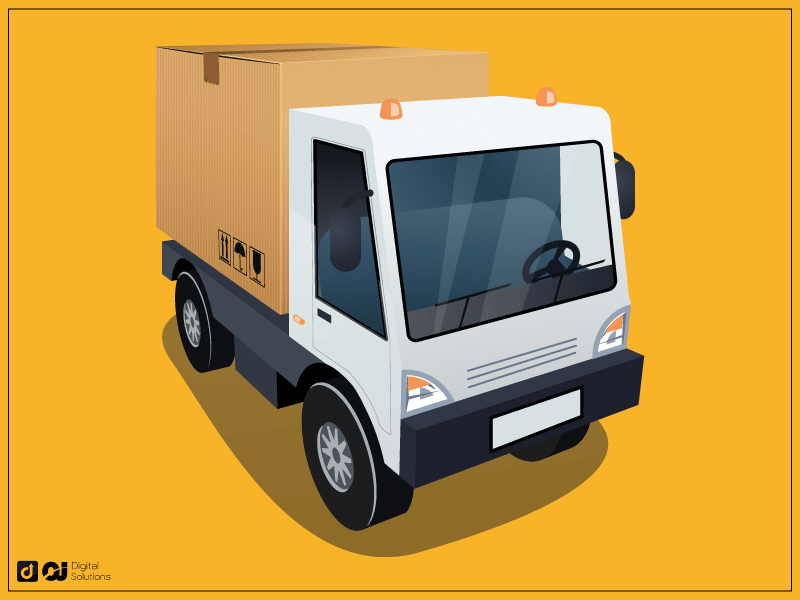
Amazon Relay permits the usage of trailers, dry van trailers, box trucks, day cabs, sleeper cabs, reefers, and so on for fleet services.
The Amazon Relay box truck must meet the following dimensions:
- Trailers: 53’ trailers (dry van or reefer) and 28’ trailers (dry van)
- Tractors: Sleeper cab or day cab
- Box truck: 26’ box truck with tuck-under liftgate
- Dry van or reefer
- Interior cargo dimensions of at least 26’ x 8’ x 8’
You can’t use a cargo van as Amazon Relay doesn’t allow these.
Additional Amazon Relay Requirements
There are a few other requirements that Amazon Relay drivers need to complete their Amazon Relay.
These requirements apply to truck drivers and the trucking business that employs them.
For drivers, you’ll need to meet the following requirements:
- CDL class A for semi trucks and class B for box trucks
- CDL drivers must be at least 18+ for intrastate commerce and 21+ for interstate commerce
- Behavior Analysis and Safety Improvement Categories (BASIC) scores:
- Unsafe Driving below 60%
- HOS Compliance below 60%
- Vehicle Maintenance below 75%
One crucial requirement is access to the Amazon Relay Load Board. You can access the Load Board through the Amazon Relay app, which you can add to any mobile device.
The Amazon load board app provides extra information, like delivery time, gate information, and more, to help truck drivers reach their destinations.
It also provides automated facility check-in and checkout process and electronic in-yard instructions.
How To Apply to Amazon Relay
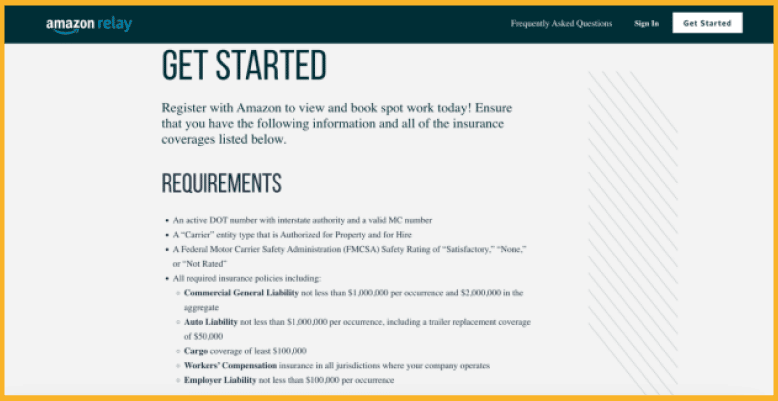
Here’s how to apply to be an Amazon Relay carrier:
- Click the Become a Carrier link on the Amazon Relay sign-up website.
- Fill out the online form, including your contact details, business details, and fleet information.
- Upload the relevant paperwork, including the W-9 form, insurance evidence, and other licenses or certificates.
- After reviewing your application, Amazon Relay will contact you if they need more details.
- If accepted, you will have to finish the onboarding process, which includes training and creating an Amazon Relay account.
- After all this, you’re now ready to pick up orders!
How Much Does Amazon Relay Pay the Owner-operator?

The amount that owner-operators of Amazon Relay can earn will vary depending on many variables, including the distance of the deliveries, the weight of the shipments, and the delivery price set for each load.
There is no cap on the earnings that Amazon Relay owner-operators can earn as a relay partner.
Note: Amazon’s payment cycle runs weekly from Sunday-Saturday. You should receive payments on loads you complete in that time.
Frequently Asked Questions (FAQs)
How Much Does Amazon Relay Loads Pay?
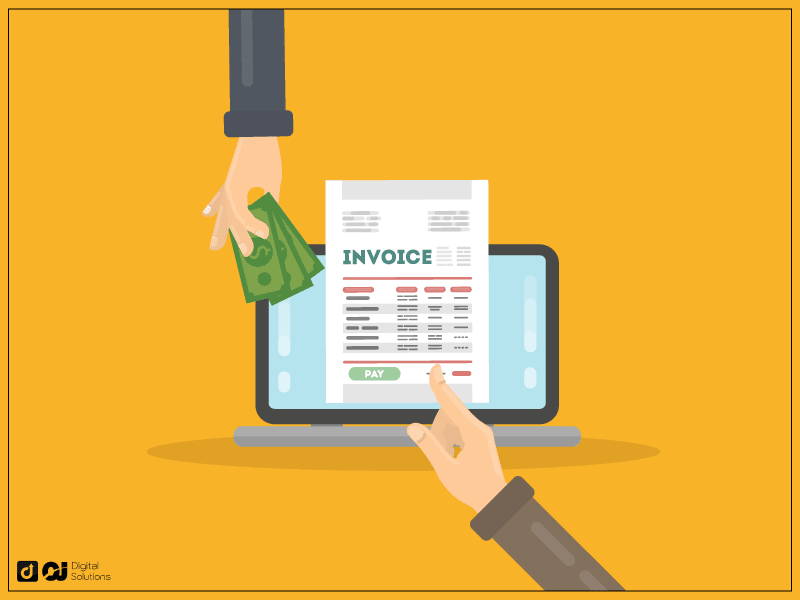
How much does Amazon relay pay per load?
There’s no predetermined payout sum or guaranteed revenue amount for Amazon Relay loads.
The average Amazon Relay salary is around $62,963 annually (approximately $30 an hour). According to some reports, drivers earn about $15 to 25 per hour.
Note: Salaries depend on variables like the route, the window of time for delivery, and any special handling needs.
You’ll inevitably make more money if you get more loads and short-term contracts.
Try booking loads as often as possible to maximize your revenue.
I highly recommend reviewing the different load options and contacting Amazon Relay for further details to better grasp the possible payment.
Amazon pays carriers directly, and the amount depends on the delivery charge specified in the load offer. It also reflects in the Amazon relay load board reviews.
How Much Can a Box Truck Make with Amazon Relay?
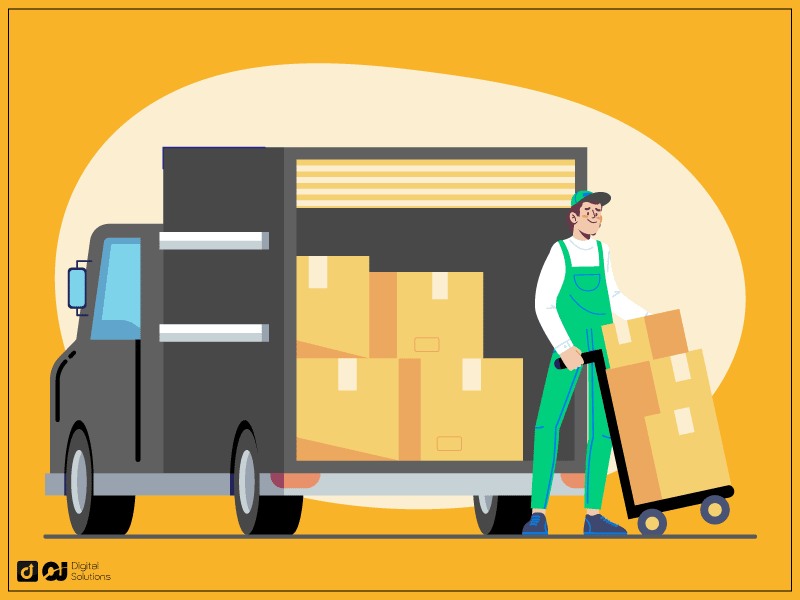
The amount a box truck may earn via Amazon Relay will vary depending on several variables, including the load’s delivery charge, weight, and distance.
Because of this, there is no cap on how much an Amazon box truck may earn through Amazon Relay.
The route, the window for delivery, and any specific handling needs are some variables that might affect delivery costs.
Check out the available load offerings and get in touch with Amazon Relay directly to learn more about the possible earnings with amazon relay.com
Other costs like gasoline, vehicle maintenance, and insurance will also impact your Amazon Relay delivery’s profitability.
When assessing the possible revenues from Amazon Relay delivery, seriously considering these costs is crucial.
How Much Does Amazon Relay Pay Per Mile?

Amazon Relay does not make its pay-per-mile amount to carriers and owner-operators publicly available.
Moreover, the pay Amazon gives owner-operators depends on variables other than distance.
Each package’s delivery charge depends on the distance traveled, the weight of the item, and other operating costs an owner-operator might incur to make a delivery.
Can I Start a Box Truck Business with Amazon?
Yes. Here’s how to start a box truck business with Amazon.
- Fulfill the requirements to become an Amazon Relay service provider.
- Register on the Amazon Relay platform.
- Develop a carrier profile.
- Bid on shipments listed on the amazon load board.
You will also need to handle deliveries using the Amazon Freight driver app and uphold high standards to build a solid reputation.
So Is Amazon Relay Worth It?

If you’re a trucking company, carrier, or truck driver, joining Amazon Relay is a fantastic choice.
Loads will probably be lower than dealing directly with shippers or cultivating trusting connections with brokers, meaning businesses shouldn’t only rely on Amazon Relay.
The Bottom Line
Amazon Relay carriers offer owner-operators a tremendous chance to carry loads for the most extensive online retailer in the world.
The requirements for Amazon Relay are straightforward and clear, focusing on preserving the safety of shipments and the satisfaction of Amazon’s customers.
If you’re looking for other ways to make money on Amazon, learn the differences between white-labeling and private-labeling to know which is best for you as an Amazon seller.

